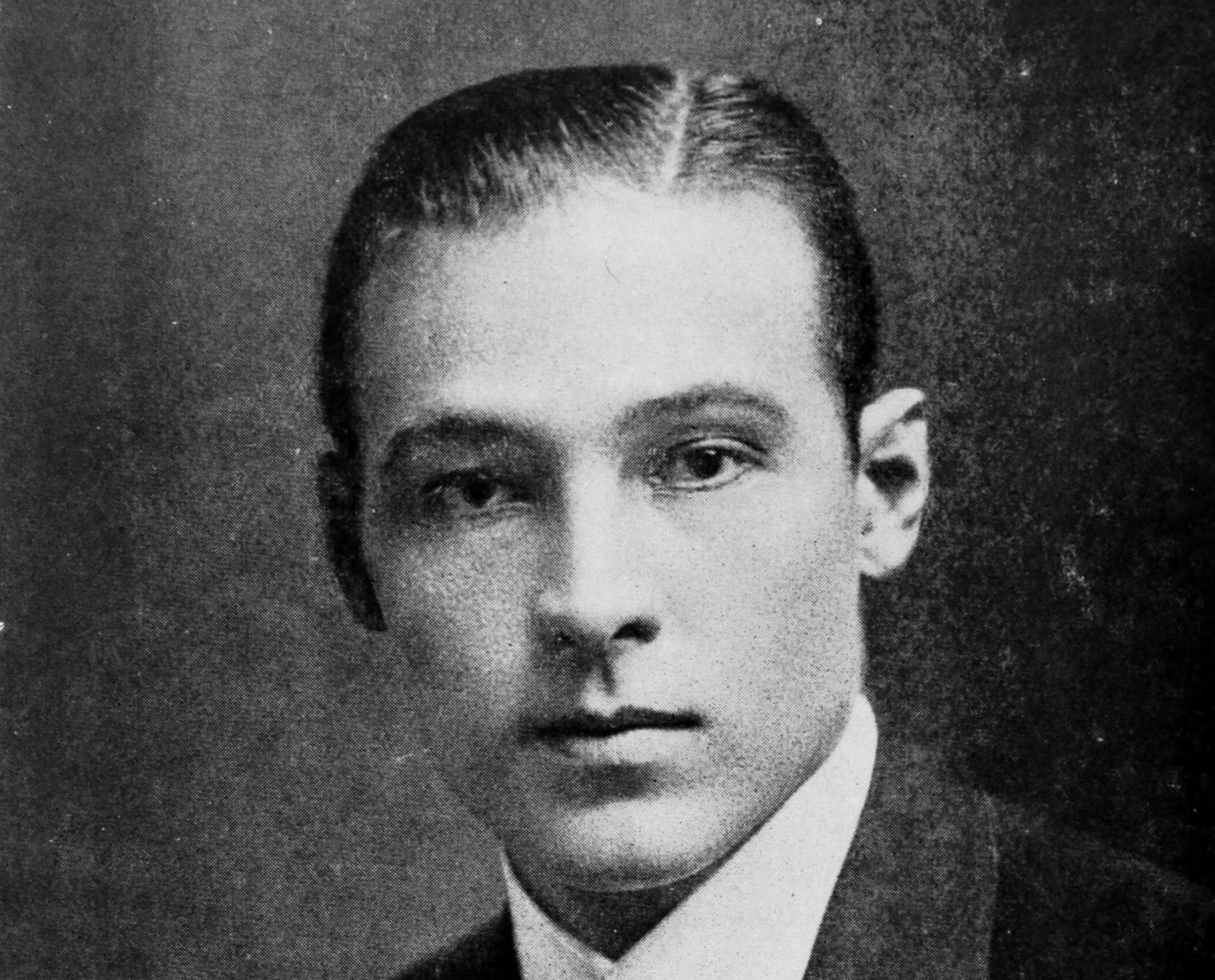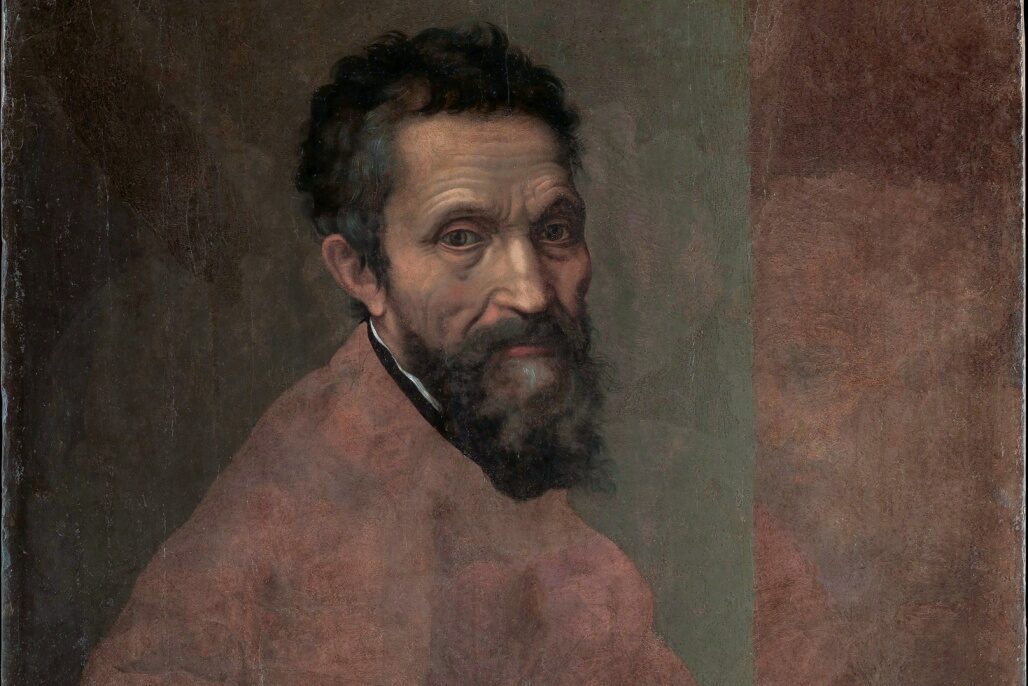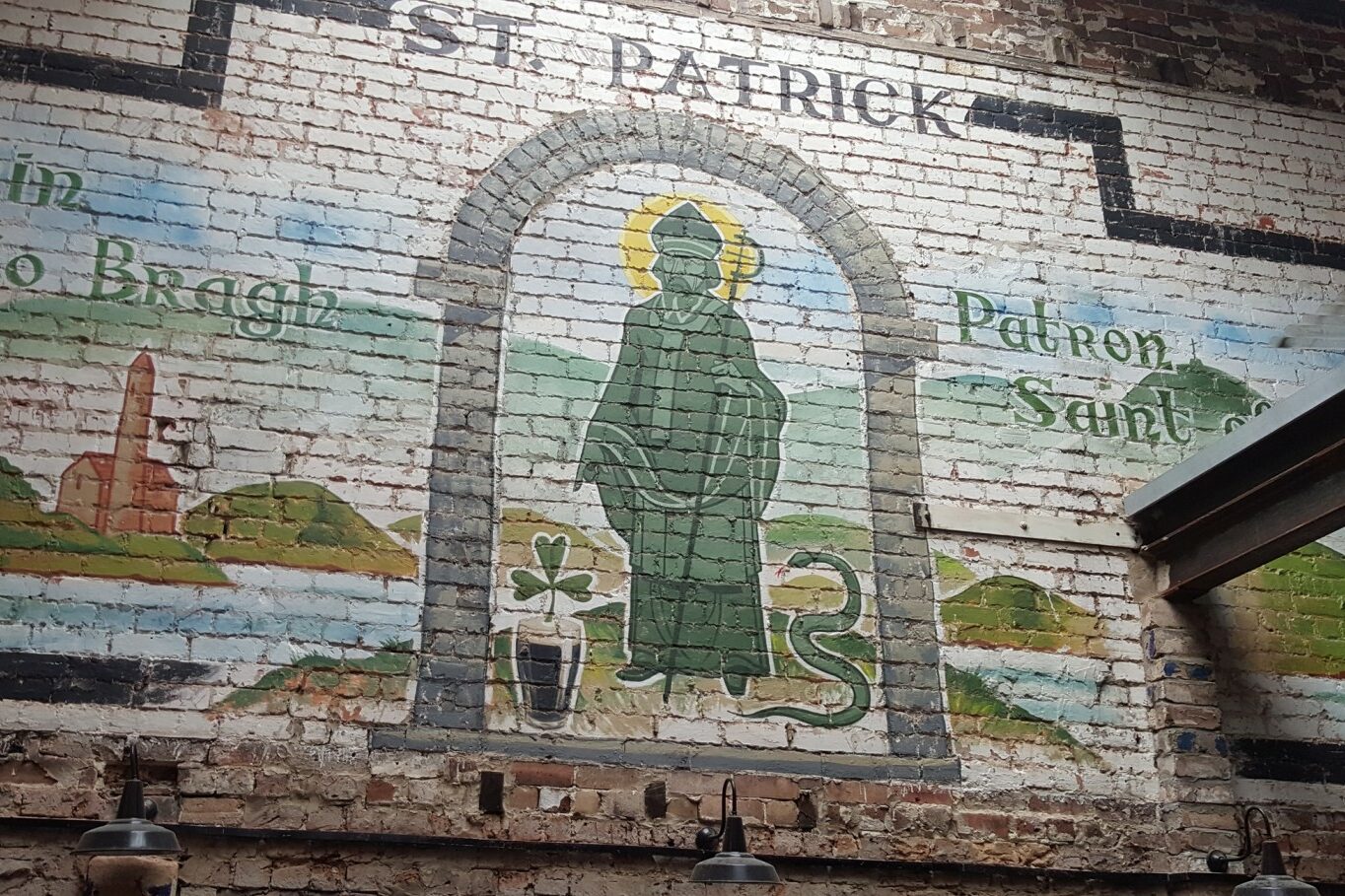Dear Readers,
In memory of Vincenzo, my September-born father, the “Sheik of Brook Ave.” (Bronx, N.Y.) and gents of a certain age who were once “Sheik wannabes” on the streets of Little Italys throughout the world, I thought I would share some bits of information gleaned from a book about legendary movie star Rudolph Valentino.
He came to the United States in 1913 and, after a brief career as a dancer and bit player, was an instant success in the silent film “The Four Horsemen of the Apocalypse”. Such films as “The Sheik” made him the idol of millions of women, and his untimely death at age 31 made him legendary.
According to Valentino As I Knew Him, written in 1926 by his long-time confidant and manager S. George Ullman, Valentino’s ancestry was partly responsible for his genius.
His mother was French, daughter of a Paris surgeon, Pierre Filibert Barbin. His father, Giovanni Guglielmi, was a captain in the Italian cavalry.
In his early life his mother experienced the terrors of the siege of Paris. After she married, the Guglielmi family settled in the little town of Castellaneta, southeast of Bari. Castellaneta clings to the edge of a ravine, commanding spectacular views overlooking Golfo di Taranto and the mountains of Basilicata. It is well-known as the birthplace of Rudolph Valentino, to whom locals have erected a statue on the windy town square.
Born in 1895, Valentino’s whole name was Rodolfo Alfonzo Raffaelo Pierre Filibert Guglielmi di Valentina d’Antonguolla. According to Ullman, “no matter how poor Italians may be in money, the poorest is rich in adjectives, gestures and names”.
Ullman continues: “When Rudy came to this country he found that no one would listen to him long enough for him to tell the whole of his name. This is a busy country; everyone is in a hurry.
“Being told frequently to cut it short, Rudy was confronted with the necessity of selecting that part of his name which would best bear translation into Americanese.
“He therefore selected Rodolfo Valentino, and at first was insistent on this spelling of his name. But the public insisted upon spelling it Rudolph and pronouncing it Rudolph, so that finally he submitted, and adopted the name Rudolph Valentino as his own.”
He was very proud of his names, saying “My mother explained very carefully how I came by each of them. You Americans make fun of them because they are so many, but they were a matter of grave import to her. To my father’s house belong the Rodolfo Alfonso Raffaelo. The Pierre Filibert, I inherited from mother’s father. The di Valentina was a papal title, while the d’Antonguolla indicates an obscure right to certain royal property which is now entirely forgotten because that wretched ancestor of mine fought a duel with the great house of Colonna and so offended them.
“My father died when I was but eleven. He called my older brother, Alberto, and me to his bedside, and said: ‘My boys, love your mother and above all love your Country!’ Even on his deathbed, he was true to his calling, a Captain of cavalry.
“I remember the funeral, too. It was milit
ary. There was a coach drawn by six horses, the coachmen wearing a uniform of black and silver, my father’s four dearest friends walking beside the hearse, and holding the four large tassels which depended from it. And, in the carriage with my brother, my sister Maria and our mother, we three children rode, awed by her grief, and hardly knowing what it was all about.”
***
St. Vincent, a restaurant which opened last year (1270 Valencia St. nr. 24th) in San Francisco, offers an extensive selection of wines and according to a S.F. Chronicle review, this Mission District restaurant is named St. Vincent after “the patron saint of vintners”. Since my father’s name is Vincent (Vincenzo in Italian), I knew my Saint Vincents pretty good, as at one time among Italians, it was the “onomastico”, name day, that was celebrated annually, not the birthday. Of course, as the “old-timers” became more “Americano”, their families celebrated both (this was especially true of the Giuseppe, Rocco and Antonios).
Nonetheless, I headed for my bookcase, pulled down my copy of “Saints for Dummies” and began looking at the appendix listing of Patron Saints under V, for vintners. I found Veterinarians (St. James and St. Francis of Assisi), Victims of poverty (St. Martin de Porres), Victims of religious persecution (St. Sebastian) and Vocalists (St. Cecilia), but no vintners, so I tried W for wine, only to find patron saints for waiters, watchmakers, widows, writers and workingmen (St. Joseph), but no winemakers.
Next, in my copy of “Your One-Stop Guide to Patron Saints” by Catherine Odell under V, I found St. Valentine (couples in love), St. Vincent de Paul (charitable organizations) and St. Vincent Ferrer (builders, construction workers and plumbers)- No vintners, but at least a couple of Saint Vincents. “Finalmente”, I went hi-tech, “grazie” to my “marito” a veritable web wizard, who googled in patron saint of vintners and up on Wikipedia came Saint Vincent of Saragossa, also known as Vincent the Deacon, patron saint of Lisbon, Portugal and Valencia, Spain. On the St. Vincent site was information that St. Vincent of Saragossa, a 3rd century deacon is known as the patron saint of wine and vinegar makers. His feast day, in January, is celebrated with particular enthusiasm in the villages of Burgundy, France, at annual get-togethers known as St. Vincent Tournante.
***
St. Vincent, a young deacon of Saragossa, Spain, together with his elderly Bishop, Valerius, were sentenced to a lengthy imprisonment for their faith during the persecution of Diocletian in the third century. After their ordeal, they were brought before Dacian, the Roman governor, who found that Vincent was unbroken in his belief and in high spirits. Soon after, Valerius was exiled. Infuriated by the young man’s resistance, Dacian became obsessed with a desire to subdue him.
Using every sadistic torture he could devise, he continually tried to crush the young deacon’s resolve, but could not. After Vincent’s death, the governor ordered his body hidden in an unknown place, but it was found by Christians who placed it in an honored grave. Vincent died at Valencia in 304. According to legend, after being martyred, ravens protected St. Vincent’s body from being devoured by vultures, until his followers could recover the body. His body was taken to what is known as Cape St. Vincent; a shrine was erected over his grave. Saint Vincent is patron of the Order of the Deacons of the Catholic Diocese of Bergamo (Italy) and also, as I already the patron saint of vintners and vinegar-makers.
***






























